The Philippines is finally modernising its military. Has it succeeded?
[ad_1]
In a paper published in February, Renato de Castro, a distinguished professor of international studies at the De La Salle University, pointed out how “China’s myopic nationalism, growing naval prowess and unilateral actions were overtly directed against a militarily weak Southeast Asian country – the Philippines.
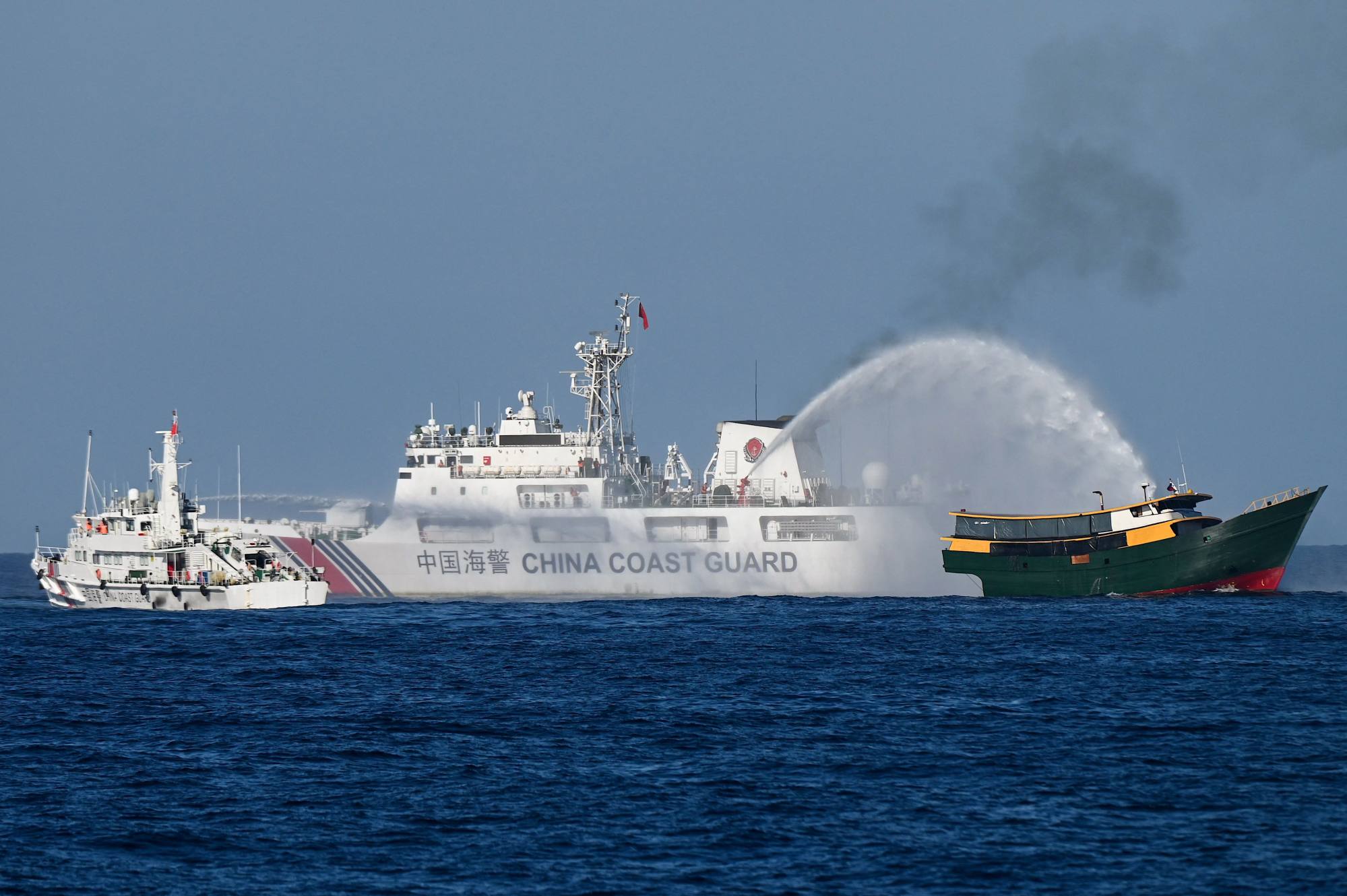
De Castro’s paper noted how Manila’s 2019 National Military Strategy had bluntly stated that China would never be a security partner of the Philippines and was in fact the main threat to the country, and the US should be included in the military’s strategic planning.
“Before, there was a thinking in the [armed forces] that modernisation could be a substitute for the alliance [with the US]. That has never happened. Will never happen. They [Philippine strategists] realised you cannot separate them, modernisation has to be linked with the alliance,” the national security specialist told This Week in Asia.
This was why military exercises conducted with the US and other countries emphasised interoperability – familiarising soldiers with each other’s weaponry, procedures and terminologies, De Castro said.
De Castro in his paper noted there was a trade-off: “As the closest country to Taiwan and a US treaty ally, the Philippines is expected to play a significant role as a staging ground for US forces” responding against any invasion of the self-ruled island by mainland China.
Building on the hardware acquired though its alliance with the US, Philippine military strategists this year announced the Comprehensive Archipelagic Defence Concept.
Defence Secretary Gilberto Teodoro on Wednesday described this as a “convergence of different strategies to give a more holistic approach in dealing with critical socio-economic factors like food security, energy sustainability, and environmental resilience”.
De Castro told This Week in Asia the armed forces “have moved away from minimum credible defence, shifting from what they call trading space for time to defence in-depth … The [armed forces] will get weapons systems that will project capability way into the country’s 200 nautical-mile exclusive economic zone”.
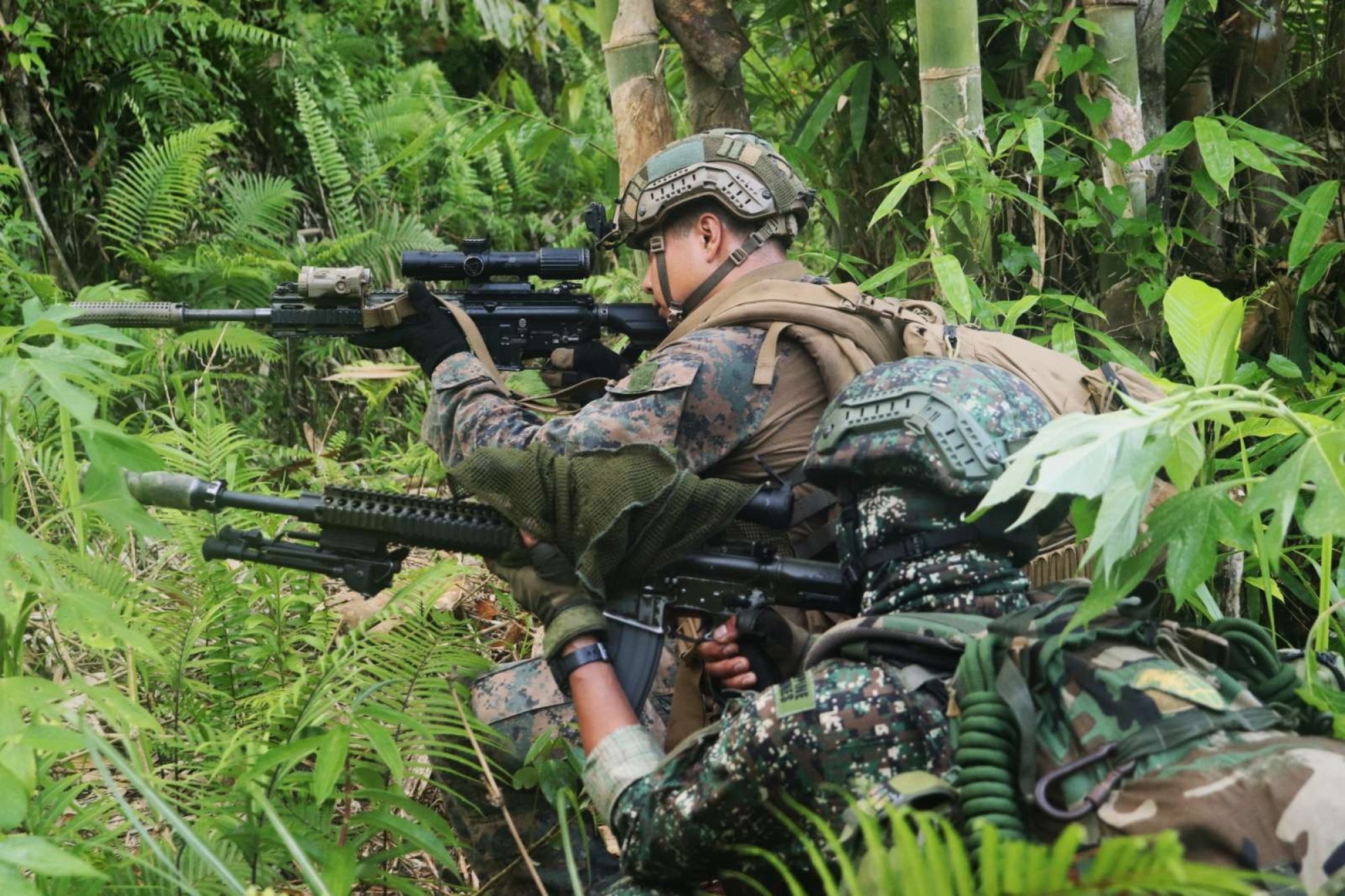
The objective is not to defeat China but to deter it, according to Army Colonel Michael Logico, director of the Philippine Armed Forces Joint and Combined Training Centre.
“We are defensive. All our exercises here are defensive. We want to pre-empt any idea you might have. This is a sound defence strategy, the same being employed by Singapore. It’s the porcupine strategy, you hit us we will hurt you. We may lose but we will hurt you really bad,” he said.
For now, although the military is acquiring hardware and equipment it could only dream about years ago, its modernisation is a slow work in progress.
Despite having the second-biggest population of any Southeast Asian nation, the Philippines for decades had one of the region’s weakest, most poorly equipped armed forces. The struggle to modernise stemmed mainly from the role the country played in the Cold War – fighting fellow Filipinos in numerous counter-insurgency campaigns.
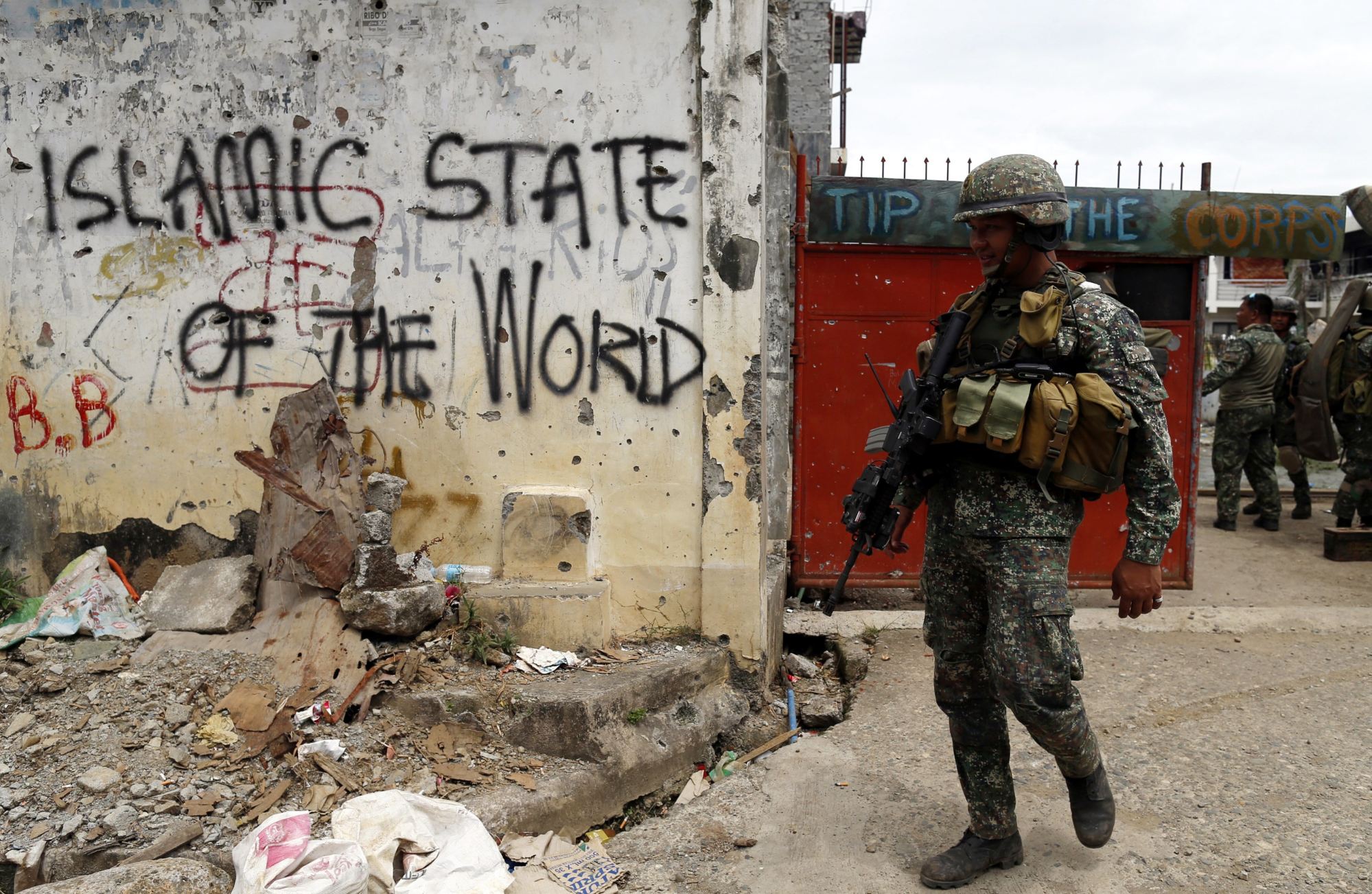
In a 2011 paper, De Castro wrote how “five decades of intense focus on internal security have taken their toll on the [armed forces’] overall military capabilities and have earned for it the unsavoury label of being one of the most poorly equipped armed forces in Southeast Asia”.
Modernisation was “a tall order since the defence department is sorely inadequate in organisational planning and performance monitoring and management”.
He told This Week in Asia that “nothing happened” during the modernisation programme from 1996 to 2004 and “not a single weapon system was acquired”.
From the 1990s until 2012, efforts to boost the military’s capabilities were mired in delays, politics, budgetary restrictions, corruption and what former senator and retired naval officer Antonio Trillanes called “highly tedious circuitous and complicated procurement processes”.
Military modernisation only started in earnest during the administration of President Benigno Aquino III, in response to China’s aggressive encroachment on Philippine maritime territory.
What resulted was a US$40 billion 15-year programme from 2013 to 2027, divided into three five-year phases, or “horizons”. Horizon 1 focused on hardware for internal security; Horizons 2 and 3 were devoted to expensive items for external defence.
“Among regional peers we are probably 70 per cent on target, but if China is the considered threat we are far from the minimum,” he said.
In January, President Marcos approved “Re-Horizon 3”, a rewrite of the original programme that will receive a budget of US$35 billion – with priority going to the navy and the air force.
Trinidad of the armed forces’ public affairs office said the military modernisation programme was in its last phase, which would conclude in 2027, with the aim of becoming “fully mission capable for territorial defence” of the Philippines’ entire territory.
Reaching that goal, however, would require the acquisition of many more military assets such as anti-drone systems, missile-capable corvettes, multirole fighter jets and submarines, former senator Trillanes said.
According to Montero, while the pace of modernisation “has been quick [compared to] peers in the region”, the quantity of assets being acquired has been hampered by funding issues. “This is becoming more obvious when presence and response time of the [armed forces] in recent incidents have been dismal due to lacking the numbers to create an impact,” he said.
[ad_2]
Read More:The Philippines is finally modernising its military. Has it succeeded?

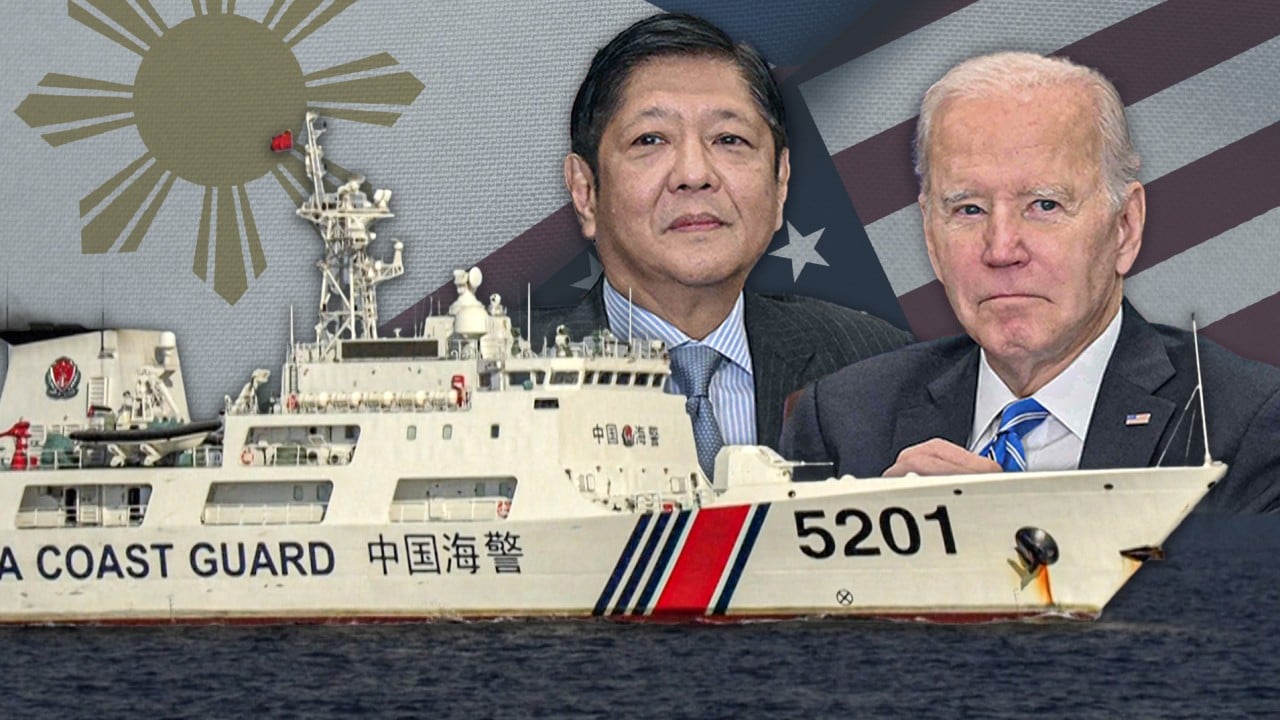
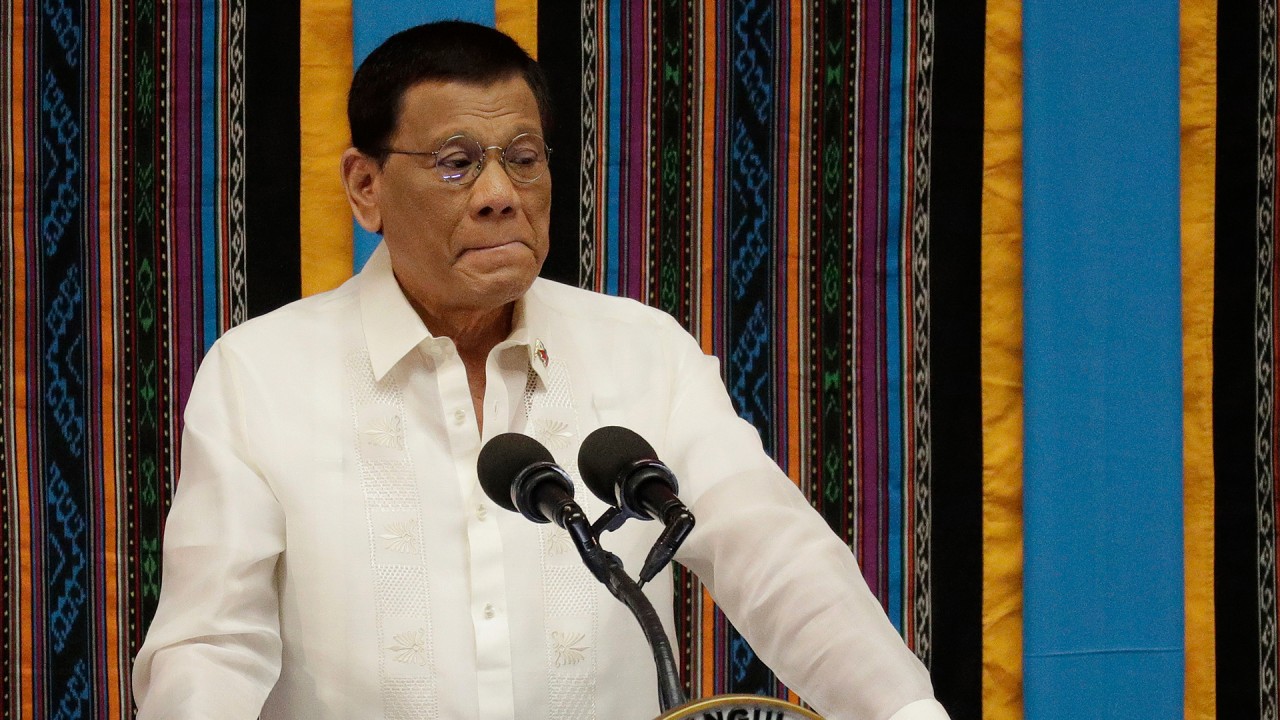
Comments are closed.